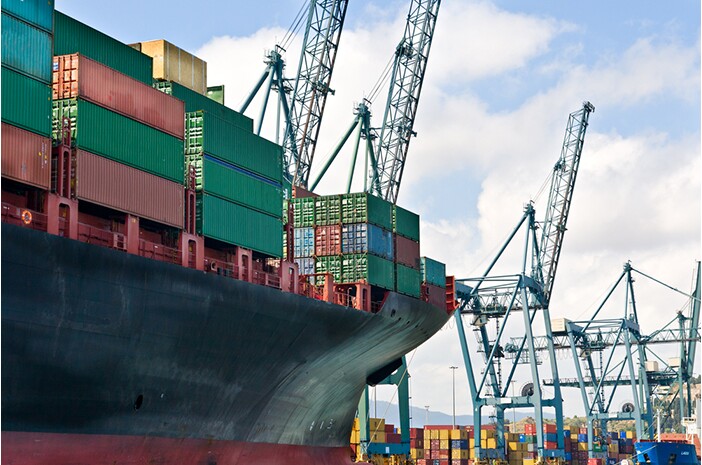Welcome to GLA! Leading the global logistics alliance.


Your location:Home > News > Chinese New Year keeps trans-Pacific rates depressed
Time:2016-03-06 Publisher:glafamily Num:5993

The spot rate for shipping a 40-foot container from Shanghai to the U.S. West Coast plunged below $1,000 this week to $884 in a normal seasonal move associated with the Chinese New Year celebrations in Asia. However, the drop was compounded by the overcapacity problem in the trans-Pacific.
The rate on all-water services from Shanghai to the U.S. East Coast declined to $1,804 per 40-foot container unit, according to the Shanghai Containerized Freight Index published on the Market Data Hub on JOC.com.
If there is any consolation for carriers in these dismal numbers, the rates have not yet dropped to the all-time lows recorded in late December. The East Coast rate bottomed out then at $1,448 per FEU and the West Coast rate hit a low of $768 per FEU.
By contrast, the Asia to North Europe spot rate flirted with the all-time low of $205 per 20-foot-equivalent unit set in June last year. The spot rate this week fell to $231 per TEU. These rates are the lowest since the SCFI began in 2009.
It is normal for the spot rates to drop steeply at this time of year. Factories in Asia close down for a couple of weeks during the floating lunar New Year holiday, which usually occurs some time in February. When the celebrations are over, it takes some time for the factories to ramp up production. Also, shipments that leave Asia take 10 to 12 days to reach the West Coast and about 20 days to reach the East Coast.
Therefore, the 9 percent week-over-week decline in the spot rate to the East Coast, and the 12 percent drop to the West Coast, were not unusual. The problem for carriers is that those drops were from already very low spot rates the week before, and rates have been consistently lower than usual since the spring of 2015.
Also, spot rates so far this year are significantly below the rates that were in place in January and February last year when contract negotiations between the International Longshore and Warehouse Union and the Pacific Maritime Association spun out of control. Federal mediation was required to reach a tentative agreement on Feb. 20 last year, but the damage had already been done because West Coast ports were terribly congested and dozens of vessels were stuck at anchor outside the ports.
U.S. importers last year were desperate to secure capacity, so they paid unusually high rates for that time of the year. This week’s rate of $1,804 per FEU to the East Coast is 62 percent lower than the $4,740 rate in effect during the same week last year. The $884 per FEU rate to the West Coast is down 54 percent year-over-year from $1,921.
Rates will probably remain low for a few more weeks. Carriers will attempt to bolster utilization through ad hoc cancellations of some weekly sailings, but no significant relief is expected until summer when imports gradually pick up with back-to-school and holiday merchandise shipments.
However, carriers the past few years have increased their global container ship capacity much faster than demand has increased, and the excess capacity has driven both contract and spot rates down to exceptionally low levels. The overcapacity problem is expected to continue for at least a year or two until a semblance of supply-demand equilibrium is reached.
Prev:Asia-Europe container spot rates near all-time lowNext:Hapag-Lloyd seeks more oversize cargo
Recommended Membership
Latest News